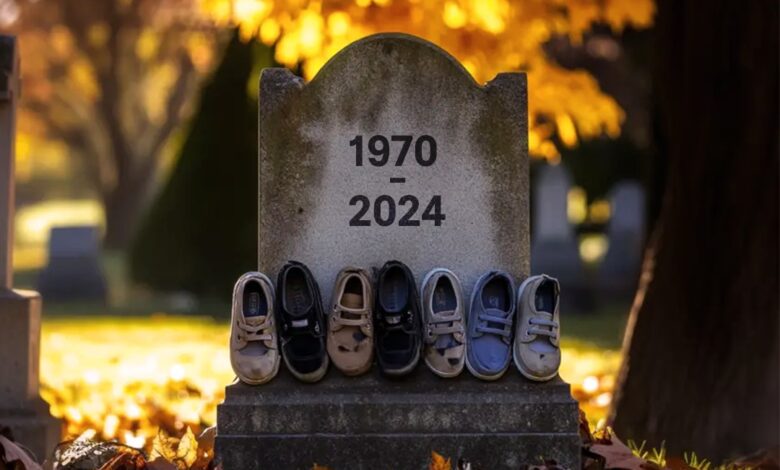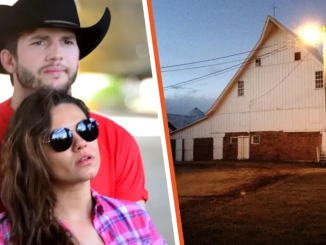What if I told you that a simple foot massage could improve your liver health or relieve a sore neck? You might be skeptical—and that’s understandable. How could massaging pressure points in your feet impact other parts of your body? If you’re not skeptical, you might be surprised, or perhaps you’ve already heard of reflexology.
Reflexology is a therapeutic practice that promotes pain relief and overall health by stimulating specific pressure points on the feet and hands. While many people visit professional reflexologists, you can also experience its benefits at home. Let’s explore how reflexology works, its health benefits, and how you can perform it yourself.
How Does Reflexology Work?

Reflexology is based on the concept that specific “zones” or reflex areas on the hands and feet correspond to organs, glands, and systems throughout the body.
By applying pressure to these areas with specific thumb, finger, and hand techniques, reflexology is believed to reduce stress, which can encourage positive physiological changes in the body. These changes may alleviate a range of ailments.
Research supports this connection. For example, randomized clinical trials have found reflexology effective for managing conditions such as diabetes, premenstrual syndrome, cancer, multiple sclerosis, overactive bladder, and dementia.
The Benefits of Foot Reflexology
Beyond addressing medical conditions, reflexology can also enhance the well-being of relatively healthy individuals. Here are some of its benefits:
- Stimulates nerve function
- Boosts energy levels
- Improves circulation
- Aids in toxin elimination
- Prevents migraines
- Supports urinary tract health
- Speeds up recovery from injuries
- Treats sleep disorders
- Reduces depression
- Relieves pain
Additionally, reflexology enables you to target specific areas of the body using the same principles as acupressure.
How to Perform a Reflexology Foot Massagehttps://www.youtube-nocookie.com/embed/FZ9mOnXdQlo?si=wF68qyvQPB-Oy5mH?rel=0
Now that you understand how reflexology can benefit your health, let’s go through the steps to perform it yourself:
1. Get Comfortable
Sit on a sturdy chair and place one foot on the opposite knee for easy access. Keep your back straight to maintain good posture.
2. Identify Your Target Area
Refer to a reflexology foot chart (you can find one below or online). Locate the point on your foot corresponding to the part of your body you want to treat. For example, if you’re experiencing neck pain, find the area labeled “neck” on the chart.
3. Apply Pressure
Use the tip of your thumb to press and knead the target area deeply for 1–2 minutes. Switch feet and repeat the process on the opposite side.
4. Treat Additional Areas
Follow the same method for any other areas you wish to address.
5. Follow a Schedule
Perform this massage daily. To maintain effectiveness, take a break after 10 consecutive days to allow your pressure points to reset. Rest for 3–4 days before resuming.
Start Your Reflexology Journey
If you’re dealing with aches, pains, or specific ailments, give foot reflexology a try. With consistent practice, you might notice improvements in your overall health and well-being. Have you tried reflexology?

Share your experience in the comments—we’d love to hear your thoughts!
I Found Tiny Childrens Shoes on My Late Husbands Grave Every Time I Visited, Their Secret Changed My Life

When Ellen visits Paul’s grave, seeking solace, she’s puzzled by the sight of children’s shoes resting on his headstone. At first, she dismisses it, assuming it’s a mistake by another grieving family. But as more shoes appear over time, the mystery deepens. Determined to understand, Ellen eventually catches the person responsible—and her life changes in an instant.
The first time I saw the shoes, I thought someone had made a mistake. A small pair of blue sneakers lay beside Paul’s headstone, neatly arranged as if left with intention. I figured a grieving parent had misplaced them. People do strange things when they mourn—I know I did. After Paul passed away in a sudden accident, I spent an entire week making jam that I knew I’d never eat. It was the only thing that made me feel like I was doing something, anything.
But those shoes were different. They didn’t belong, and I moved them aside before placing my flowers by Paul’s grave. It wasn’t until my next visit that I noticed something unusual: there were more shoes. This time, tiny red rain boots. Then, during another visit, I found dark green sneakers. It was too deliberate to be random. And it didn’t make sense. Paul and I never had children. I tried to convince myself it was a mistake—a grieving parent finding comfort in placing shoes at the wrong grave—but deep down, I couldn’t shake the feeling that something wasn’t right.
As the shoes multiplied with each visit, it felt like an invisible hand was pulling at the fragile threads of peace I had stitched together. Frustrated, I stopped visiting for a while, hoping that by staying away, the shoes would disappear. They didn’t. Instead, they kept coming. When I finally returned, six pairs of children’s shoes stood in a neat row beside Paul’s headstone, like a haunting tribute I couldn’t comprehend.
My sadness turned into anger. Who was doing this? Was this some cruel joke?
Then, one cold morning, I finally saw her. She was crouched beside the grave, gently placing a pair of small brown sandals next to the growing collection. Her long, dark hair swayed in the breeze as she carefully arranged them, her movements slow and purposeful.
“Hey! You!” I yelled, charging toward her, the flowers I had brought slipping from my grasp, forgotten.
She flinched but didn’t run. Instead, she stood slowly, dusting off her coat before turning to face me. That’s when my breath caught in my throat.
It was Maya—Paul’s old secretary. I hadn’t seen her in years, not since she abruptly left her job. She had always been warm and cheerful, but the woman standing before me now seemed burdened with a sorrow I recognized all too well.
“Maya?” I whispered, the disbelief heavy in my voice.
She nodded, her eyes red with unshed tears. Without a word, she reached into her coat pocket and handed me a worn photograph. My hands shook as I took it, my heart pounding in my chest.
It was a picture of Paul, smiling down at a baby boy cradled in his arms.
“His name is Oliver,” Maya said softly. “He’s Paul’s son.”
I stumbled backward, the world spinning as the weight of her words sank in. My husband, the man I thought I knew so well, had lived a secret life—with a child.
“You and Paul were…” I couldn’t finish the sentence.
Maya nodded, tears spilling down her cheeks. “It wasn’t supposed to be like this. I never wanted to hurt you. But after Paul’s accident, Oliver started asking about his dad. I told him Paul was watching over him, and every time Oliver gets a new pair of shoes, he asks me to bring the old ones to his daddy.”
The shoes… they were a child’s way of staying connected to the father he had lost.
I wanted to scream, to demand answers from a man who could no longer give them. But standing there, staring at the shoes left behind by a little boy who would never know his father, I felt my anger start to melt into something else—something softer.
Maya looked at me with guilt etched on her face. “I’ll stop bringing the shoes. I never meant to upset you.”



Leave a Reply